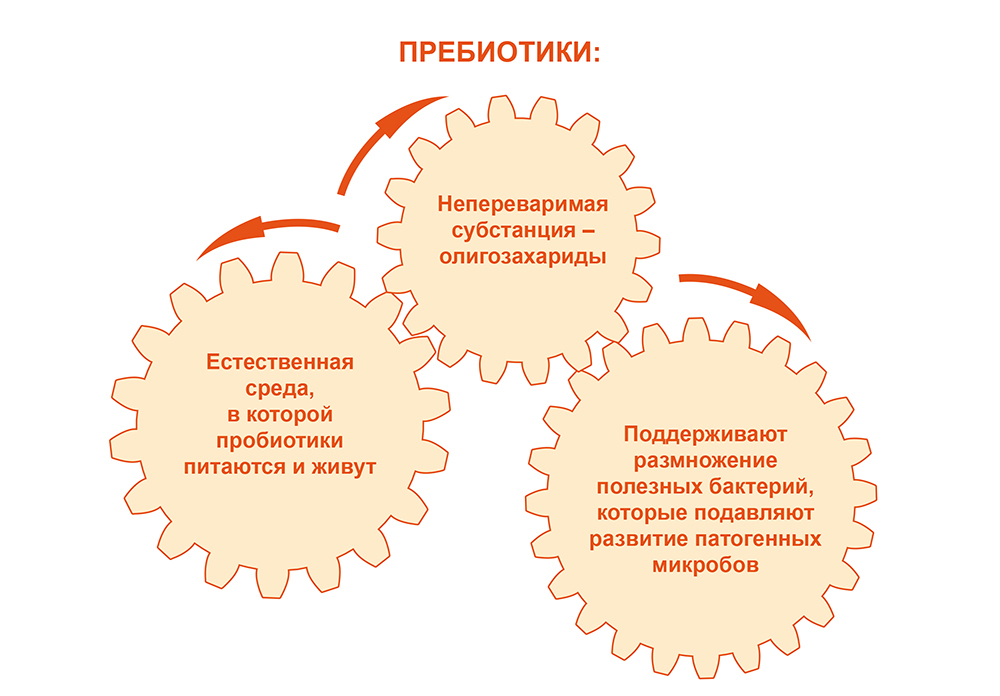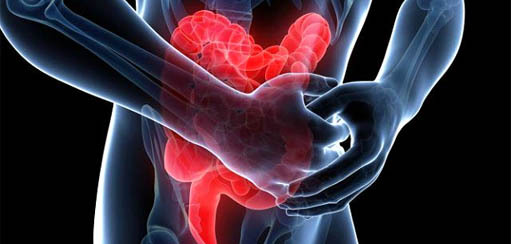Diseases of the pancreas

The pancreas is an unpaired secretory organ located to the left of the stomach in the abdominal cavity. The function of the pancreas is the production of pancreatic active juice in the lumen of the duodenum, which contains mucous substances, enzymes that promote the breakdown of fats, carbohydrates, proteins. Functional disorders of the pancreas are fraught with the appearance of serious diseases.
What are the diseases of the pancreas
? Among the diseases of this organ are: pancreatic abnormalities;Functional disorders of the pancreas;Tuberculosis of the pancreas;Acute and chronic pancreatitis;Cysts of the pancreas. Also amyloidosis of the pancreas;Syphilis of the pancreas;Vascular lesions of the pancreas;Stones and calcifications of the pancreas;Tumors of the pancreas.
Among the diseases of the gland are more pancreatitis, which can occur in acute and chronic form. Acute pancreatitis is considered a dangerous and quite serious inflammatory disease of the pancreas, which occurs with increasing its size, the formation of edema, and sometimes the areas of destruction where it develops, And then goes beyond the boundaries of the organ of infection. Often, this pancreatic disease occurs with pain, as well as the release into the blood of substances that poison the body.
The causes of pancreatitis are: cholelithiasis, intoxication with alcohol, trauma, inflammatory diseases of the duodenum. Also, hereditary metabolic disorders, connective tissue diseases and the intake of certain medications.
Treatment of acute pancreatitis, also exacerbations of chronic, is mainly performed in a hospital( surgical) setting.
Treatment of chronic pancreatitis is characterized by: compliance with diet, the use of pain medications, the use of substitution therapy with enzymes. Also, treatment of diabetes and other endocrine disorders, treatment of cholelithiasis.
In the absence of effect in rare cases, an operation may be prescribed( for example, Whipple operation, distal pancreatectomy, lateral pancreatomyunostomy) or endoscopic treatment( this is draining the pseudocyst etc.).
Pancreatic diseases also include functional disorders of this organ. These are the conditions when the activity of the pancreas is disturbed, but the organ remains intact. The appearance of these conditions is associated with a change in hormonal or nervous regulation.
Symptoms with functional disorders of this gland are poorly expressed. Basically, they do not reach this kind of intensity, as, for example, with inflammatory lesions of the pancreas.
Treatment and prevention of such disorders consists in the application of proper diet, comprehensive and timely treatment of diseases of other organs of the digestive system. In cases of psychogenic disorders, sedatives are used, psychotherapeutic treatment.
With the blood and lymph, a tubercle bacillus can enter the pancreas, then specific hillocks and caverns form in it. Patients often complain of eructations, lack of appetite, weight loss, diarrhea, thirst, abdominal pain. At treatment appoint a sparing diet and six meals a day. It is necessary to exclude from the menu acute products, to limit proteins, fats. Treatment is assigned a specific, as with tuberculosis. To compensate for secretory insufficiency of the pancreas, enzyme preparations are prescribed.
The most dangerous disease is pancreatic cancer. This malignant tumor, which develops from the epithelium of the ducts or from the parenchymal cells of this gland. Also there are unclassifiable cancers of the pancreas.
The only radical way to treat this disease is surgery, however, unfortunately, up to 80% of patients are recognized as inoperable. Of the operations usually perform a pancreas resection, usually with the removal of the spleen, as well as gastro-pancreatoduodenal resection.



